I have a representation of a process trough something that is very much like a DAG (Directed Acyclic Graph). This graph is represented with an adjacency table, but not like a "regular" adjacency table, there are few differences:
- Each entry in the table is a list of lists,
- Each "inner" list states the predecessor nodes required.
The idea for this data structure is to hold requirements of steps within a process. So, for example:

P = {1:[[]], 2:[[1]], 3:[[2]], 4:[[3]], 5:[[2]], 6:[[]], 7: [[4,6],[8,5]], 8:[[]]}
For process P, step 1 doesn't require any predecessor, step requires step 1,..., step 6 also doesn't require any predecessor, step 7 requires steps (4 and 6) OR (8 and 5).
Each step has a state (some ID reference) that determines if the next step can be executed or not, or if the process can be terminated or not.
In the example above, I would not be able to execute step 2 if step 1 didn't fulfill some specific condition regarding the state the same for step 5, which requires step 2 with state=something specific. And for step 7, the only way to execute it, would be if step 4&6 OR 5&8 have their corresponding state=something specific.
What I need is a way to get all the unique paths that lead to a certain step, so later I can check against this paths if the conditions are met. For step 7 it would be :
paths = [[1,2,3,4,6],[1,2,5,8]]
I've checked:
- Python get all paths from graph
- How to implement the search for all paths inside a directed graph in JavaScript? (reversing this??)
- Depth first search list paths to all end nodes
- How to find the nodes that leads to node A without traversing all the graph (directed graph)
Most of the information around points to some sort of modified DFS or some kind of enhanced Dijkstra. For what I've checked and tested none of the above gives me what I need which is a list of all "unique paths" that lead to a node that may be reached from "different paths".
The question is not language specific, so any example in any language would be appreciated :)
EDIT: 04/01/22 Further clarifications:
- The steps are one way, meaning that node 1 is connected to step 2 by a distance of 1, to step 3 a distance of 2, and so on. But step/node 1 is not conntected with 6 or 8.
- All graphs have a unique starting point and ending point. In the example 1 and 7.
- Yes, node 5 should be connected to node 7. Img updated.
- The number of nodes will always be <100.